Introduction to Inclusive Documentation
Learn how to engage and collaborate with diverse communities to turn museums into spaces of social inclusion and belonging.
Created by
Duration
1 weeks
Weekly study
120 minutes
Number of lessons
16
Languages available
EN
About Historic House Museums
Historic house museums serve as cultural time capsules, preserving both tangible and intangible heritage through architecture, artifacts, and personal narratives. The focus can range from how people lived in a particular period of the past or on a specific person or family.
Unlike traditional museums, HHMs provide immersive experiences, allowing visitors to step into the past and engage with lived history.
DEMHIST is an ICOM International Committee focusing on the conservation and management of house museums. Its name is an abbreviation of the French term “demeures historiques”. House museums range from castles to cottages, from all periods. The interpretation of house museums includes historic, architectural, cultural, artistic, and social information.
DEMHIST holds conferences and maintains a website to help provide a professional platform for sharing ideas and solutions. Its goals include the development of standards for conservation, restoration and security of house museums as well as helping develop communications with other professionals and visitors of house museums. Further concerns are the ways to improve community relations while increasing visibility and tourism.
Categorization
The Demhist categorization project is an ongoing project that aims to define the various types of historic houses across the world. It is by nature a generalization and many houses can fit into more than one category. The terms used here were defined at the start of the project, and there is room for debate about whether these terms and categories are still valid today.
- I – Personality Houses (writers, artists, musicians, politicians, military heroes or others).
- II – Collection Houses (the former home of a collector or a house now used to show a collection).
- III – Houses of Beauty (where the primary reason for a museum is the house as work of art).
- IV – Historic Event Houses (houses that commemorate an event that took place in /by the house).
- V – Local Society Houses (houses established by a local community usually seeking a social cultural facility that may reflect its own identity).
- VI – Ancestral Homes (country houses and small castles open to the public).
- VII – Power Houses (palaces and large castles open to the public).
- VIII – Clergy Houses (monasteries, abbot’s houses and other ecclesiastical buildings with a former or current residential use, open to the public). Today this category can be expanded to include a wider scope of spiritual homes and structures.
- IX – Humble Homes (vernacular buildings such as modest farms or regional homes generally designed and built using local materials and construction techniques.)
Objectives
By completing this learning unit, participants will:
- Define Historic House Museums (HHMs)
- Identify and address key challenges in managing HHMs
- Understand the professional roles within the HHM sector
- Learn strategies for documentation and conservation.
- Explore ways to balance community engagement, accessibility, and authenticity.
Who developed the course?
International Council of Museums
ICOM is the international organization of museums and museum professionals committed to building capacity, defending world heritage and communicating the value of museums to society. In order to shape the museum of tomorrow, ICOM offers high-level capacity building programs with the support of its network. These programs aim to improve museum practices in different regions of the world and promote professional cooperation among institutions facing similar challenges. Established 1946, Paris
Table of Contents
A. INTRODUCTION
A.1. About Historic House Museums
A.2. Categorization
B. MAIN CONCEPTS
B.1. Managing Historic House Museums (HHMs)
B.2. Professional Roles & Responsibilities
B.3. Conservation & Documentation Strategies
B.4. Community Engagement & Accessibility
B.5. Sustainability & Funding
C. EXAMPLES & CASE STUDIES
D. Resources
E. Final assessment
Main Concepts
1.Managing Historic House Museums (HHMs)
- Effective management of HHMs requires a balance between conservation, visitor experience, and financial sustainability. Museums must navigate challenges such as environmental control, legal regulations, and institutional governance.
- Strategies include developing clear policies for collections management, implementing risk assessment frameworks, and ensuring that operational practices align with international heritage conservation standards.
- Digital tools and management software help in organizing, monitoring, and documenting various aspects of HHM operations, enhancing efficiency and long-term preservation efforts.
2. Professional Roles & Responsibilities in HHMs
HHMs involve a multidisciplinary team, including curators, conservators, educators, researchers, and administrators, each playing a crucial role in the museum’s success:
- Curator – Oversees collections, exhibitions, and historical interpretation to ensure authenticity and relevance.
- Conservator – Preserves and restores artifacts, furniture, and the house itself, ensuring long-term protection.
- Educator – Develops and delivers programs, tours, and workshops to engage visitors of all ages.
- Researcher – Conducts historical and archival research to deepen understanding and enhance storytelling.
- Administrator – Manages operations, budgets, staffing, and strategic planning for sustainable museum growth.
- Docent/Guide – Leads tours, shares historical narratives, and enhances visitor experience.
- Facilities Manager – Maintains the building, landscapes, and infrastructure to ensure safety and preservation.
- Marketing & Development Officer – Promotes the museum, manages public relations, and secures funding through grants and donations.
Curators ensure accurate historical interpretation, while conservators maintain physical and environmental preservation. Educators design outreach programs to engage diverse audiences, and administrators oversee financial and legal responsibilities.
Ongoing professional development is key to maintaining high standards, with collaborations between institutions fostering knowledge exchange and training opportunities.
3. Conservation & Documentation Strategies
- Conservation efforts in HHMs focus on maintaining authenticity while addressing natural wear and degradation. Strategies include preventive conservation, climate control, and responsible restoration practices.
- Thorough documentation is essential, involving cataloging collections, archiving historical records, and using digital tools for inventory and condition reports.
- Integrating technology such as 3D scanning and virtual archives can enhance accessibility and aid in the preservation of fragile artifacts and interiors.
4. Community Engagement & Accessibility
- HHMs must serve as active cultural hubs, engaging local communities while maintaining their historical authenticity. Inclusive programming ensures that a broad audience can connect with heritage.
- Accessibility initiatives include multilingual interpretation, digital guides, and physical adaptations for visitors with disabilities.
- Community co-creation programs, oral history projects, and participatory exhibitions allow the public to contribute to the museum’s evolving narrative, fostering a sense of ownership and cultural identity.
5. Sustainability & Funding
- Long-term financial stability is a challenge for HHMs, requiring a mix of funding sources, including government grants, private sponsorships, ticket sales, and fundraising campaigns.
- Sustainable tourism practices help balance visitor numbers with conservation needs, preventing overuse while generating revenue.
- Green initiatives, such as energy-efficient lighting, climate-conscious restoration materials, and waste reduction strategies, contribute to environmental sustainability while lowering operational costs.
Examples & Case Studies
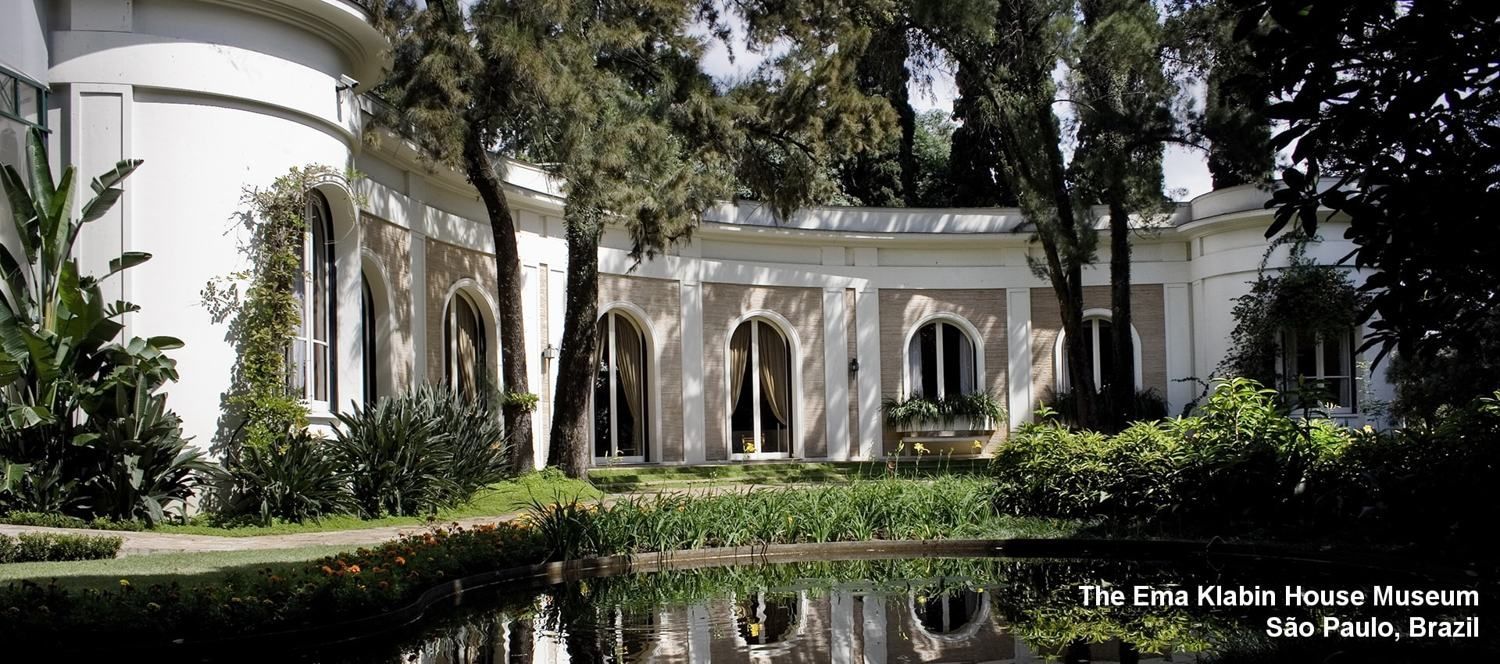
Ema Klabin House Museum (Brazil) – Collection Houses
The Ema Klabin House Museum, located in São Paulo, Brazil, is a prime example of a Collection House, preserving the legacy of Ema Klabin, a passionate collector and philanthropist. The museum showcases an eclectic collection of over 1,500 artworks, including paintings, decorative arts, rare books, and furniture spanning various cultures and periods. Designed as both a private residence and a cultural space, the house reflects Klabin’s refined taste and commitment to the arts. Today, it serves as a dynamic cultural center, offering exhibitions, educational programs, and artistic events, making it an essential institution for heritage and public engagement.
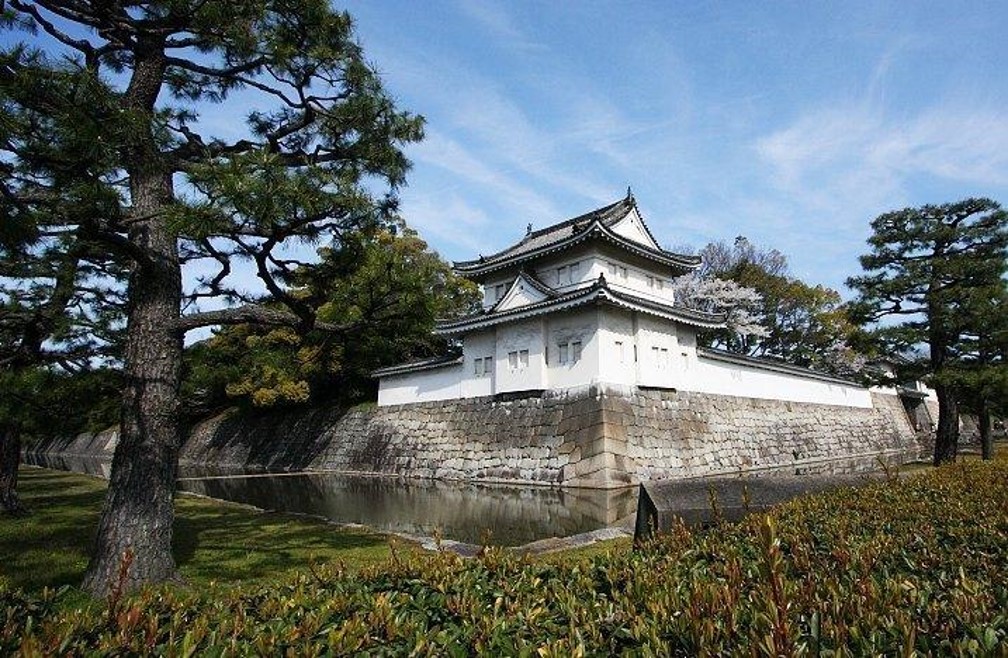
Nijo-jo Castle (Japan) – Power Houses
Nijo-jo Castle, a UNESCO World Heritage Site in Kyoto, exemplifies a Power House, originally serving as the residence of the Tokugawa shoguns. Built in the early 17th century, it features exquisite Edo-period architecture, elaborate interiors, and iconic nightingale floors designed to detect intruders. Now a museum, it offers visitors a glimpse into Japan’s feudal past while undergoing ongoing conservation efforts to preserve its historical significance.
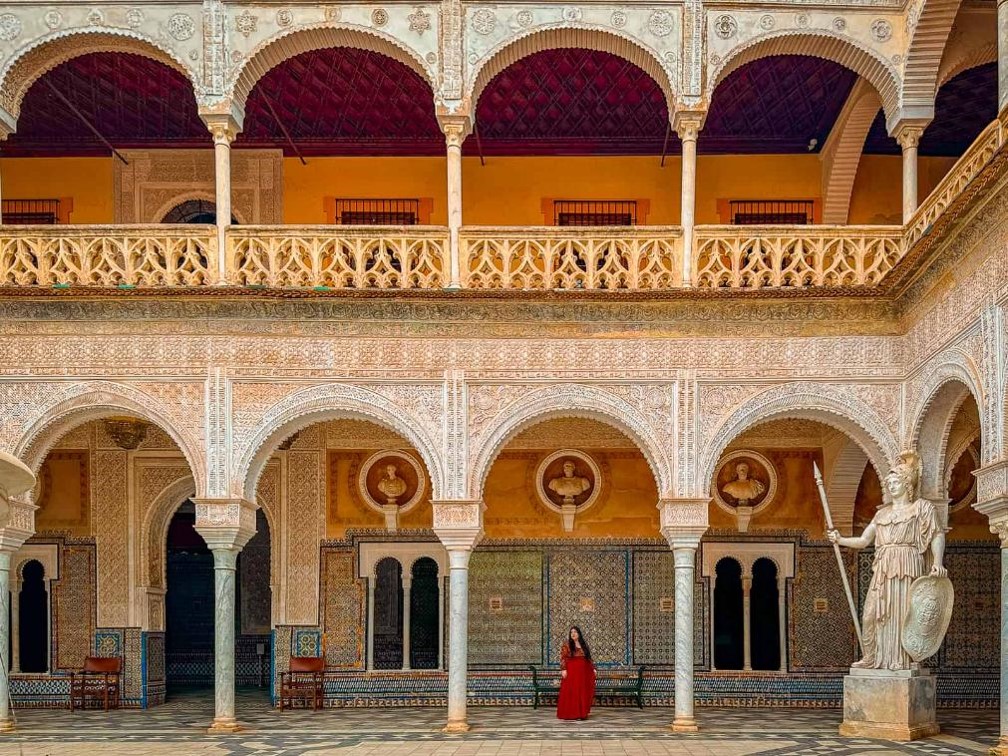
Casa de Pilatos (Spain) – Houses of Beauty
Casa de Pilatos, a House of Beauty in Seville, is a stunning blend of Moorish, Gothic, and Renaissance architecture. Still partially a private residence, this 16th-century palace is renowned for its intricate tilework, elaborate gardens, and richly decorated interiors. Continuous conservation efforts ensure that the house remains a living museum, offering insight into Andalusian aristocratic life while preserving its artistic and historical essence.
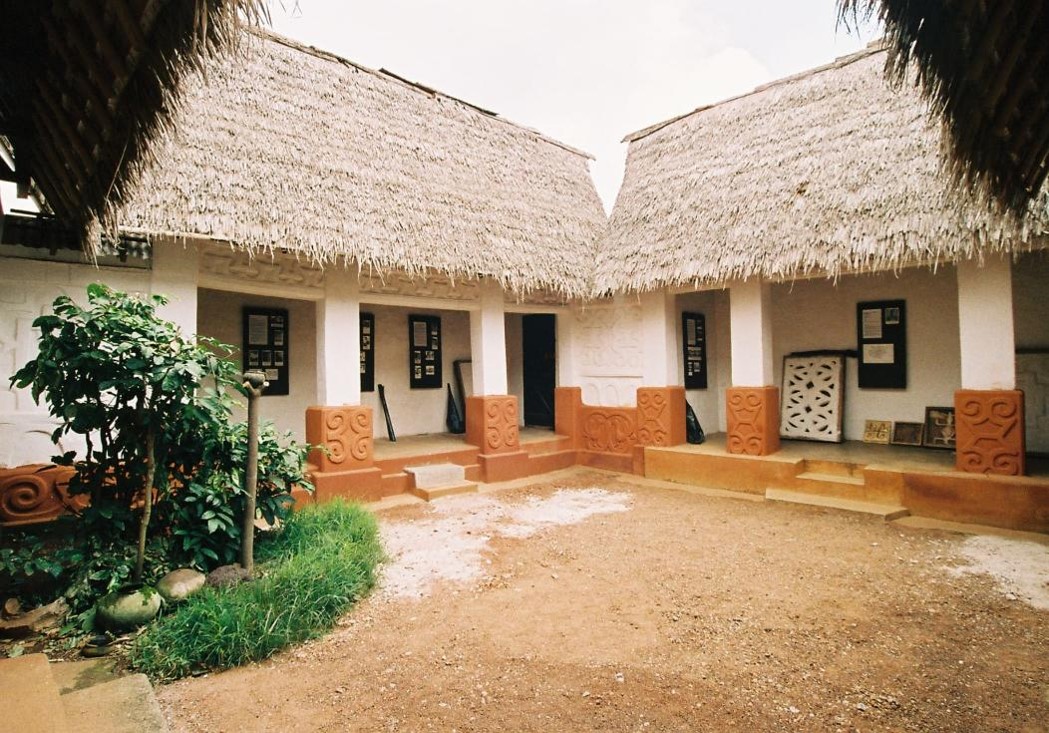
Asante Traditional Buildings (Ghana) – Humble Homes
The Asante Traditional Buildings, the last surviving examples of Ashanti architecture, represent Humble Homes that embody the cultural and spiritual heritage of the Ashanti people. These earthen shrines, adorned with rich geometric designs, serve both as places of worship and as historical monuments. Their preservation is crucial in safeguarding Ashanti traditions, and they are recognized as a UNESCO World Heritage Site for their unique architectural and cultural value.
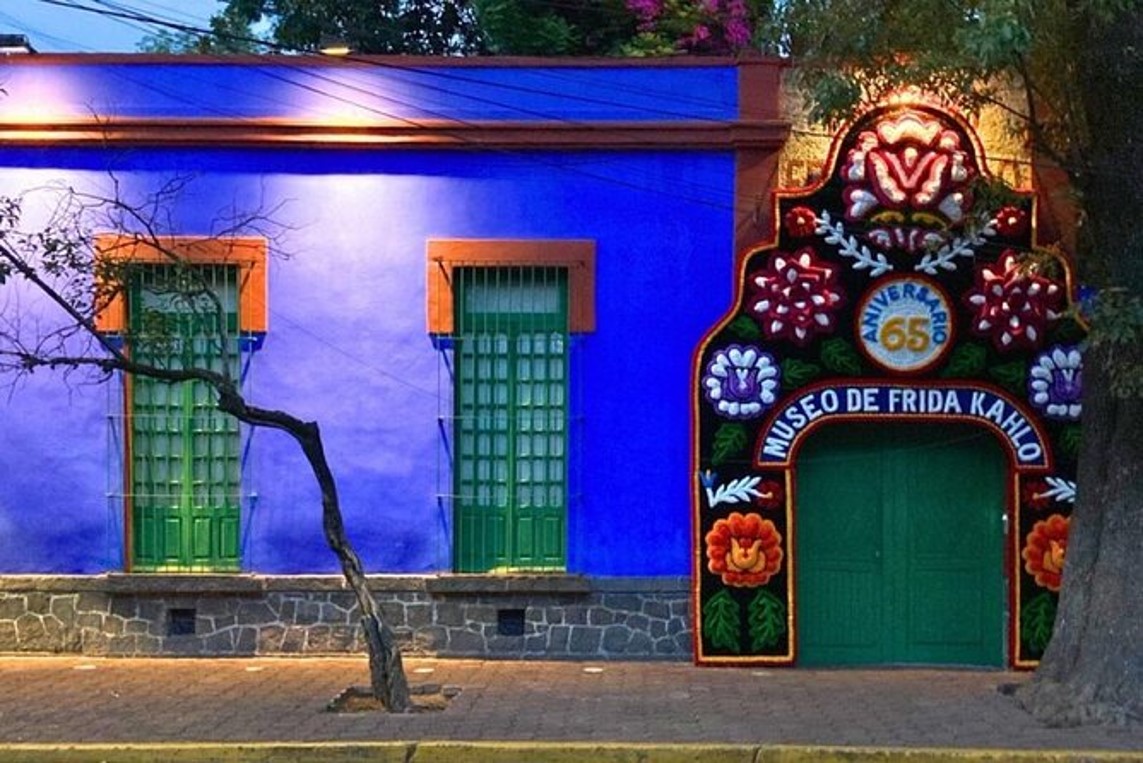
Frida Kahlo Museum (Mexico) – Personality Houses
The Frida Kahlo Museum, also known as La Casa Azul (The Blue House) in Mexico City, is a Personality House dedicated to the life and work of the renowned artist. This vibrant home-turned-museum showcases Kahlo’s personal belongings, artworks, and artifacts, offering an intimate look into her creative world. The museum preserves the space as she left it, reflecting her artistic legacy, struggles, and deep connection to Mexican culture.
Resources
Videos: Expert interviews, virtual tours, and restoration insights
DEMHIST YouTube channel
https://www.youtube.com/playlist?list=PLNmawEfc6oTbOFST5imY5zv0NQOo9koTj
The Role of Historic House Museums in Cultural Heritage (YouTube, ICOM)
A discussion with experts on best practices in HHM conservation.
Virtual Tours of Iconic House Museums (DEMHIST Open Talks video tours and non members)
Preserving the Past: Challenges in Historic House Museum Conservation
Interviews: Conversations with curators, conservators, and community members
- ICOM Voices Podcast: Preserving the Past for the Future
Interviews with HHM curators on the challenges of conservation and storytelling.
https://soundcloud.com/icomofficiel/popular-tracks
- The Curator’s Couch: House Museums & Their Hidden Histories
Discussions on how museums navigate historical narratives and difficult heritage.
- Smithsonian’s “Museum on Main Street” Podcast Series
A look at how historic sites impact local communities.
Readings
ICOM Code of Ethics for Museums – Guidelines for museum professionals on conservation and management.
Tarlow, Sarah & Jonathan, Emma (eds.) (2013). The Oxford Handbook of the Archaeology of Death and Burial. Oxford University Press.
The Anarchist’s Guide to Historic House Museums by Franklin D. Vagnone and Deborah E. Ryan
Museum Interpretation and Historic House Museums: A Guide to Re-Thinking Visitor Engagement – A report on new approaches to storytelling in HHMs.
House Museums and the Interpretation of Historic Interiors by Thomas J. Schlereth – Focuses on how interiors tell stories and create immersive experiences.
Kenneth C. Turino and Max A. van Balgooy (2019). Reimagining Historic House Museums: New Approaches and Proven Solutions
Sherry Butcher-Younghans (1996). Historic House Museums: A Practical Handbook for Their Care, Preservation, and Management – A comprehensive guide addressing the care, preservation, and management of historic house museums, offering practical advice for professionals and volunteers.
Schlereth, T. J. (1982). Preserving the Past: Historic Preservation and Public Policy in the Twentieth-Century America. University of North Carolina Press.
Harrison, R., & Sterling, L. (2020). Heritage, Museums and Galleries: An Introductory Reader. Routledge. Covers theories of heritage management and museum interpretation.
Linda Young (2007): Is There a Museum in the House? Historic Houses as a Species of Museum, Museum Management and Curatorship, 22:1, 59-77 http://dx.doi.org/10.1080/09647770701264952
You must log in and have started this course to submit a review.
Ratings and Reviews


